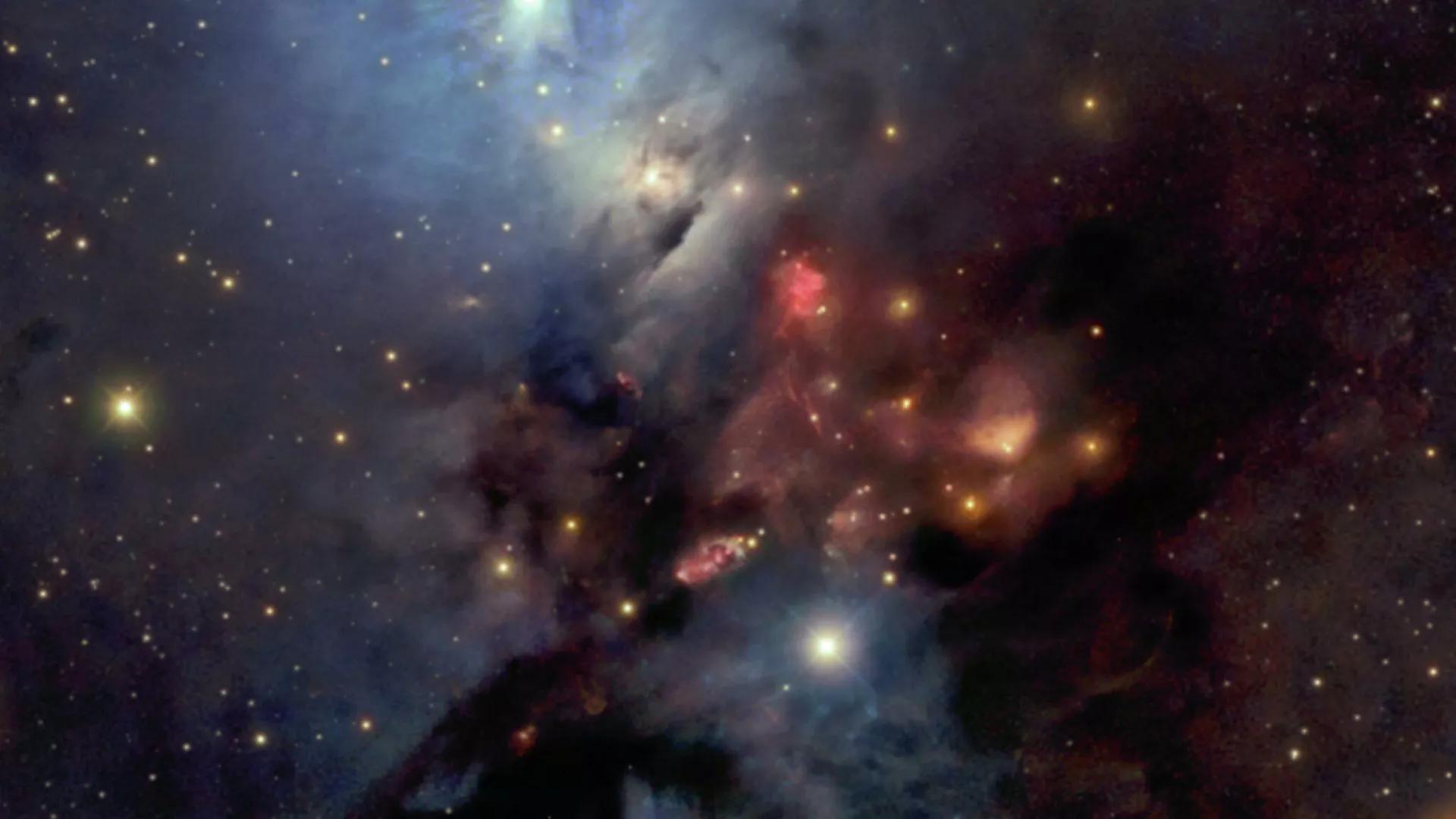Africa-Press – Liberia. The complex formation of dust around SVS 13, a binary star system some 980 light-years away, sheds light on how planetary systems are born in these interesting conditions. Because multiple-star systems contain a substantial proportion of the stars in our galaxy, this reportedly has outcomes for our knowledge of planet formation and evolution.
In unprecedented detail, an international group of astronomers have discovered primordial material that may be giving birth to three planetary systems around a binary star, the research, published in The Astrophysical Journal this week, revealed.
According to a University of Manchester press release, the scientific team analyzed binary star SVS 13, still in its embryonic period, using the Very Large Array (VLA) and the Atacama Large Millimeter/Submillimeter Array (ALMA). This research has produced the most comprehensive description of a binary system in formation to date.The scientist added that the “outer disk shows a spiral structure that is feeding matter into the individual disks, and in all of them planetary systems could form in the future.”The team was able to recreate the binary’s orbit and determine the masses of the stars, the system’s orientation, and the sizes and masses of the disks. They discovered two smaller disks, one with a 12-astronomical-unit dust radius and the other with a 9-astronomical-unit dust radius, both having a gas radius of 30 astronomical units.
Both stars are encased in a massive spiral circumbinary disk with spiral arms extending about 500 astronomical units. The system is said to be made up of two stars with a total mass almost equal to that of the Sun, locked in a relatively close orbit only 90 astronomical units apart.
“At the IAA we began studying this system twenty-five years ago. We were surprised when we discovered that SVS 13 was a radio binary, because only one star is seen in the optical. Normally, stellar embryos are detected in radio, but they only become visible at the end of the gestation process,” Guillem Anglada, a researcher at the Instituto de Astrofísica de Andalucía (IAA-CSIC) who is coordinating the studies of the system, said.Stars are formed when molecular gas floating in space congeals into tight knots. A knot will eventually collapse under its own gravity and begin spinning, if conditions are proper. The material around it flattens into a disk that, as it rotates, spools into the star and feeds its expansion. Whatever remains after the star’s development is completed becomes a protoplanetary disk.
All the residual dust and gas jumbles around until it forms large enough clumps to produce planets, asteroids, comets, moons, dwarf planets, and all the other celestial bodies found in a planetary system.
For More News And Analysis About Liberia Follow Africa-Press






